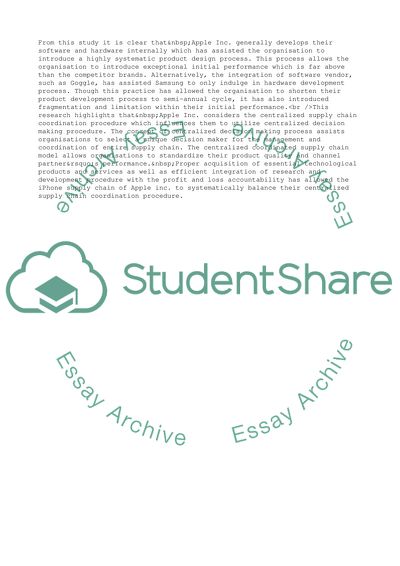Cite this document
(“Global Supply Chain Management of Apple Inc Essay”, n.d.)
Global Supply Chain Management of Apple Inc Essay. Retrieved from https://studentshare.org/business/1693179-global-supply-chain-management
Global Supply Chain Management of Apple Inc Essay. Retrieved from https://studentshare.org/business/1693179-global-supply-chain-management
(Global Supply Chain Management of Apple Inc Essay)
Global Supply Chain Management of Apple Inc Essay. https://studentshare.org/business/1693179-global-supply-chain-management.
Global Supply Chain Management of Apple Inc Essay. https://studentshare.org/business/1693179-global-supply-chain-management.
“Global Supply Chain Management of Apple Inc Essay”, n.d. https://studentshare.org/business/1693179-global-supply-chain-management.


